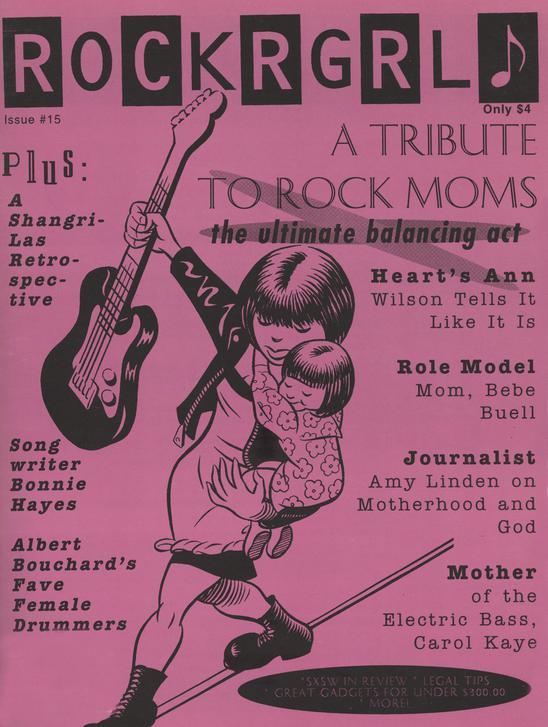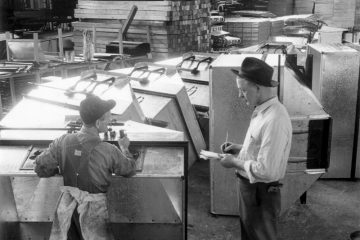Written By: Adina Vega
Edited By: Michelle Sosa and Marlinda Gallardo
The history of recorded sound technology dates back to the mid-1800s. History states that the first sign of recorded sound was achieved by the less-mentioned French inventor Edouard-Léon Scott de Martinville in 1857 and then 20 years later by Thomas Edison. Since then, advancements in sound technology have been obvious all around us. From smart speakers to Bluetooth capabilities, one might wonder what happened to the seemingly obsolete sound technology used in past centuries.

Completed by former Ph.D student in American Culture Studies, Stephanie Salerno, this digital gallery contains selections from the music fanzine, ROCKRGRL.
The Sound Recordings Archives was established by sound recordings archivist William L. Schurk in 1967. Located at Bowling Green State University (BGSU) in Bowling Green, Ohio, the Music Library & Bill Schurk Sound Archives (MLBSSA) was created to support sound recordings across academic departments at BGSU. It is also a major part of the Popular Culture Studies program, which collects and preserves popular music to support teaching and research. The University also gathers musical materials in conjunction with BGSU’s College of Musical Arts, which includes scores and recordings, anthologies, and collected works of individual composers. In addition, the Music Library is home to works performed at the New Music Festival, held annually by the MidAmerican Center for Contemporary Music.

The Sheet Music Collection includes digitized copies of public domain sheet music.
The extensive archival collection includes over one million items and is continually growing as new sound technology is created daily. Considered one of the largest collections of popular music in an academic library in North America, the collection includes 45s, 78s, 33s, LPs, reel-to-reel tapes, cassette tapes, and CDs. The detailed musical collection also includes books, scores, video/film, hard-to-find periodicals, fanzines, promotional material, and archival collections. Having access to such a sizeable collection is truly music to our ears! To watch a virtual tour of the special collection, click here.



0 Comments